MORPHLUID – Solar responsive system
Digital and technological tools have transformed the perception and perspective of how architects visualize space and form.Based on theories discussed previously the research has been conducted and executed to achieve results to provide design solutions in an efficient yet sustainable manner.
The research primarily deals with passive cooling systems titled “Morphluid” –which respond and react to climatic conditions to provide the user with optimum habitable environment. The success of this prototype would effectively reduce the usage of artificial cooling systems which not only consume absurd quantity of electricity but also burden the planet with an enormous carbon footprint.
Passive cooling systems are a sustainable building approach that focus on heat gain control and heat dissipation in a building in order to improve the indoor thermal comfort with low or no energy consumption. This approach works either by preventing heat from entering the interior (heat gain prevention) or by removing heat from the building by natural cooling. Natural cooling utilizes on-site energy, available from the natural environment, combined with the architectural design of building components (e.g. building envelope), rather than mechanical systems to dissipate heat.
Therefore, natural cooling depends not only on the architectural design of the building but on how the site’s natural resources are used as heat sinks (i.e. everything that absorbs or dissipates heat). Passive cooling covers all natural processes and techniques of heat dissipation and modulation without the use of energy.
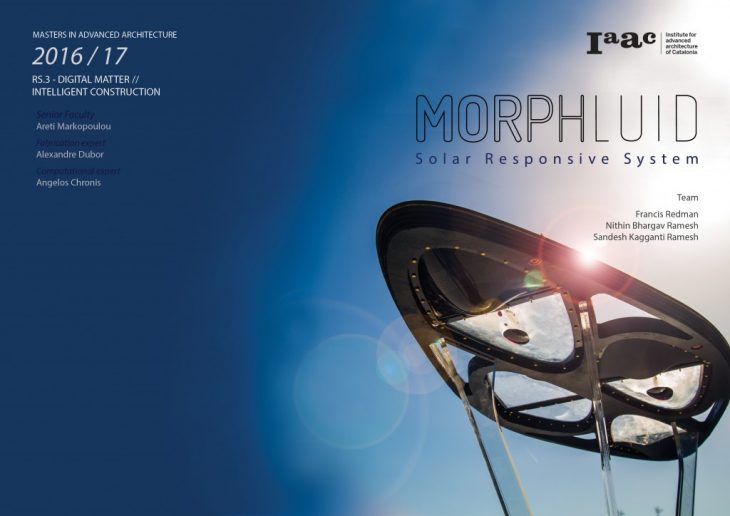
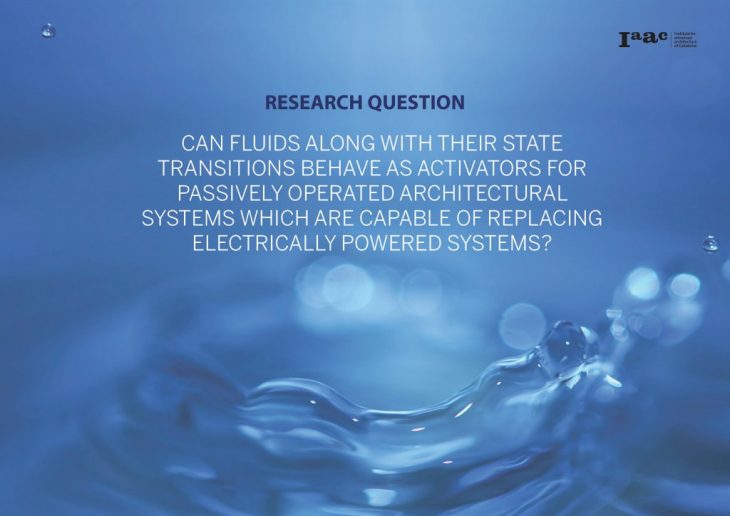
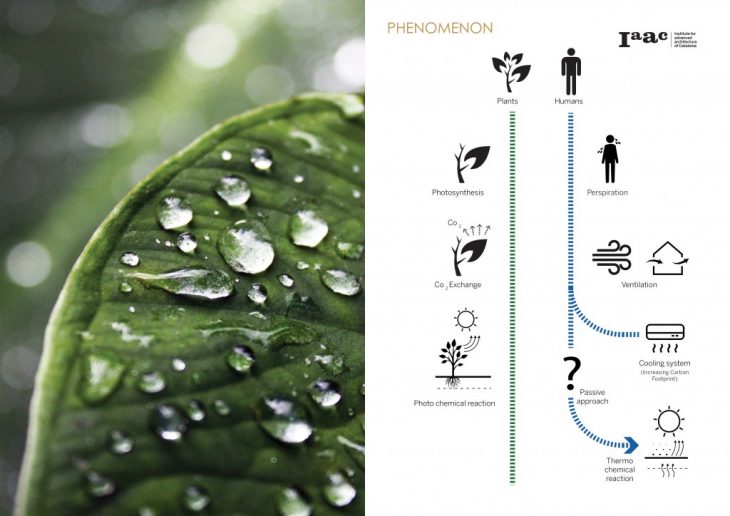
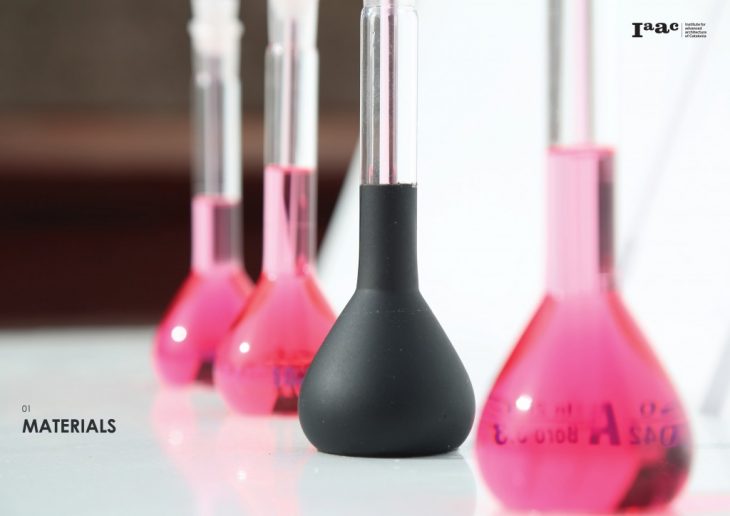
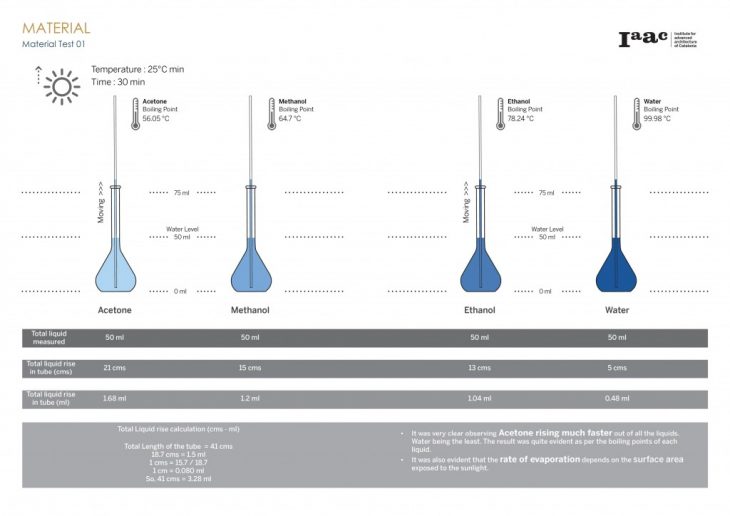
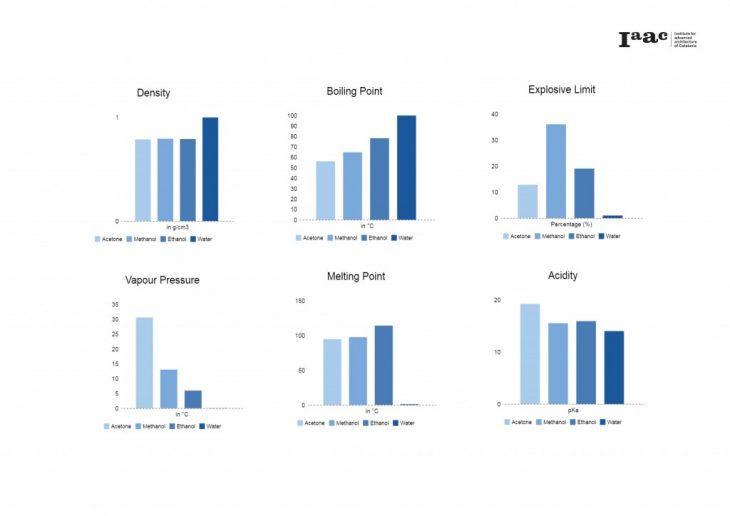
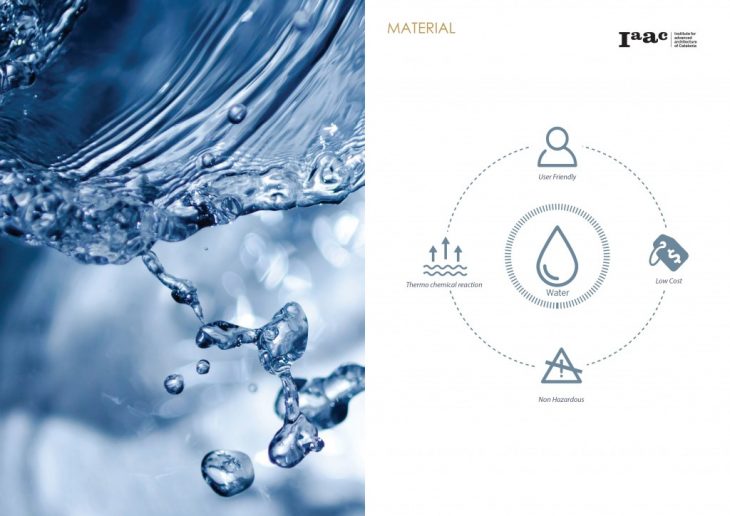
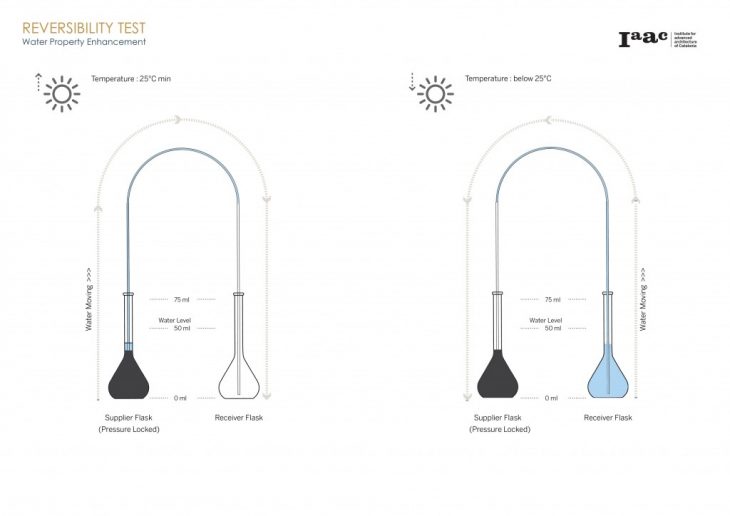
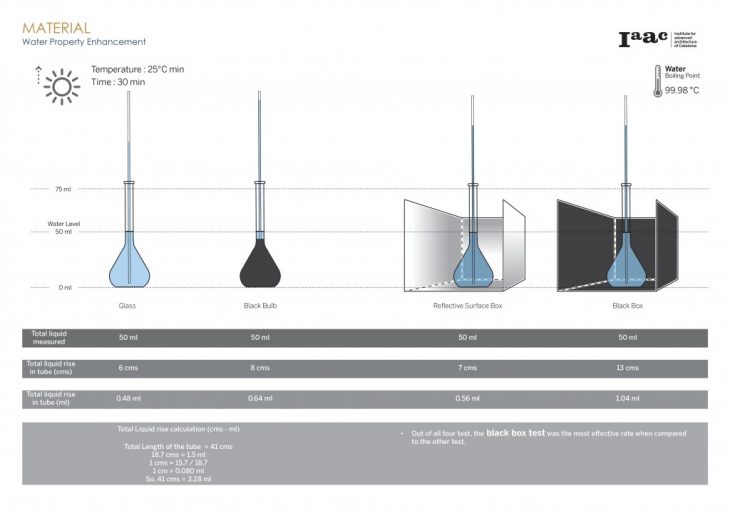
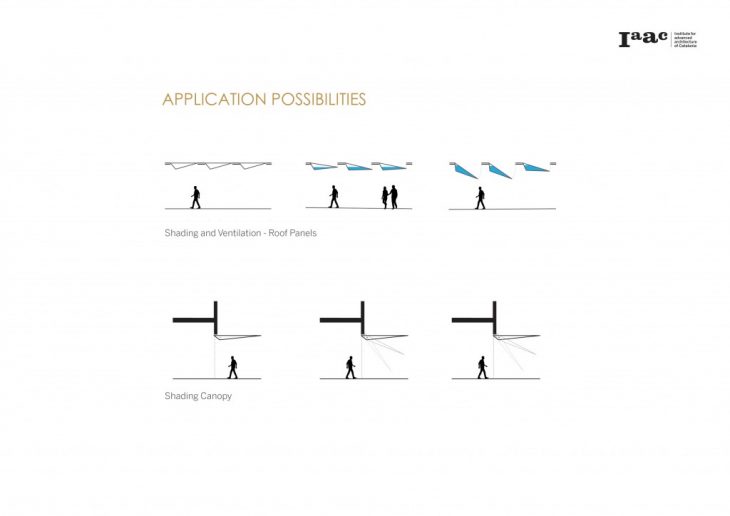
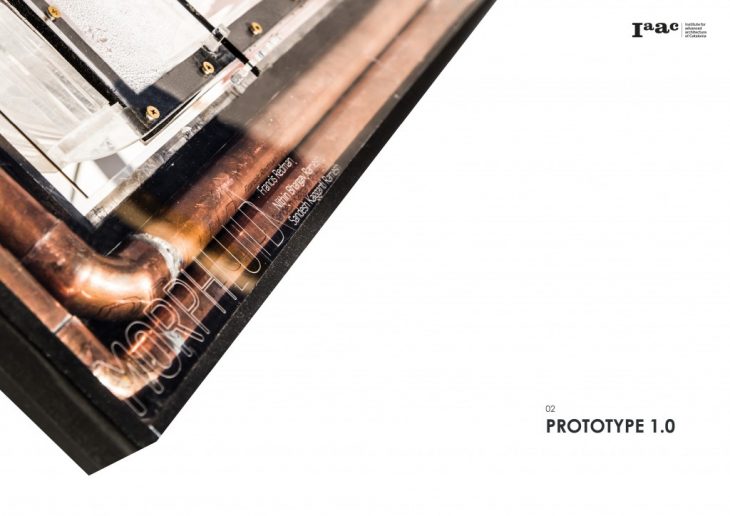

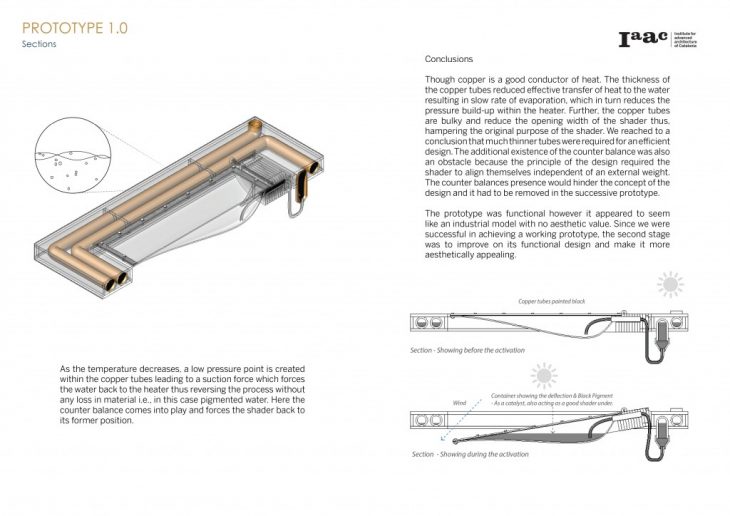
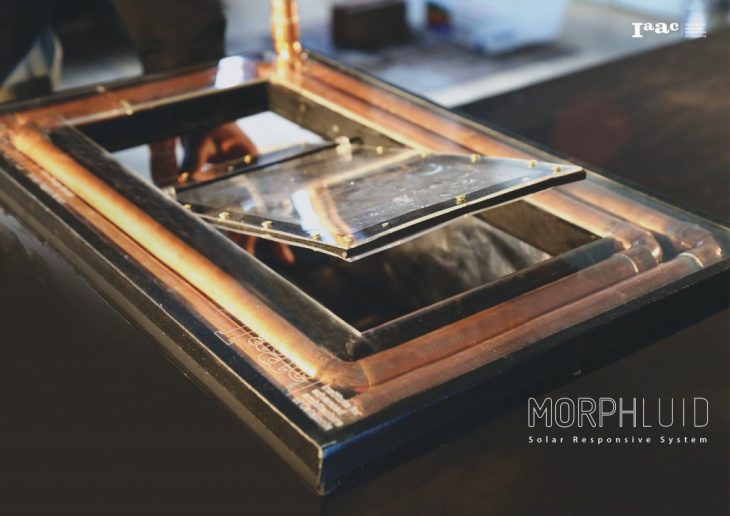
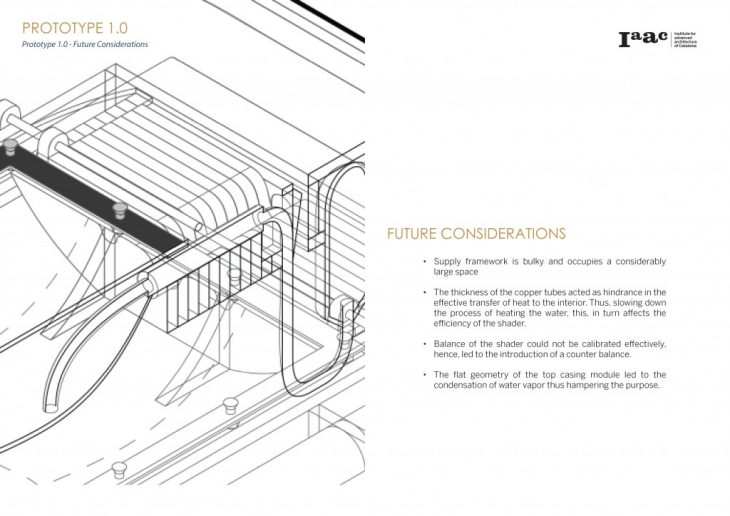
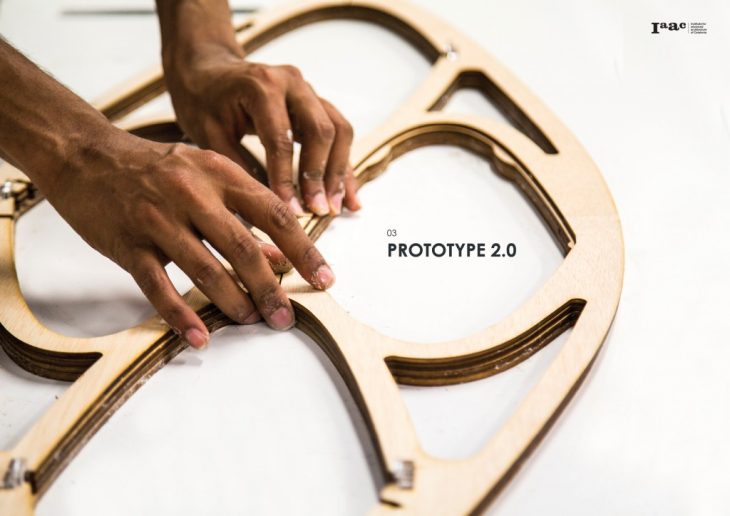
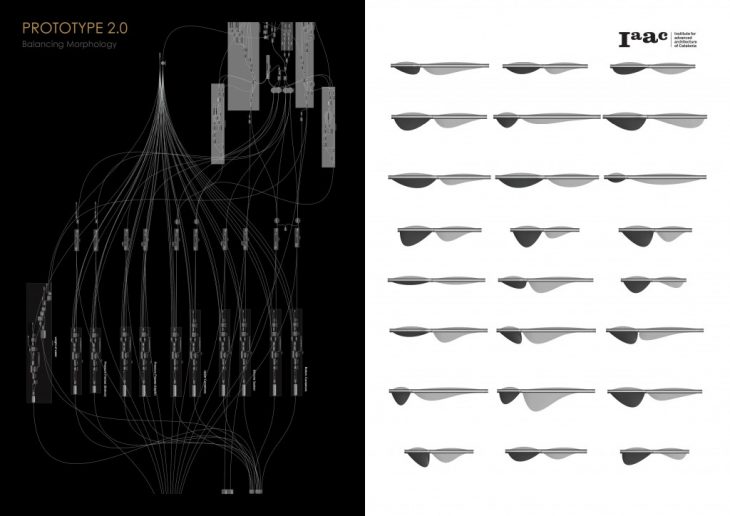
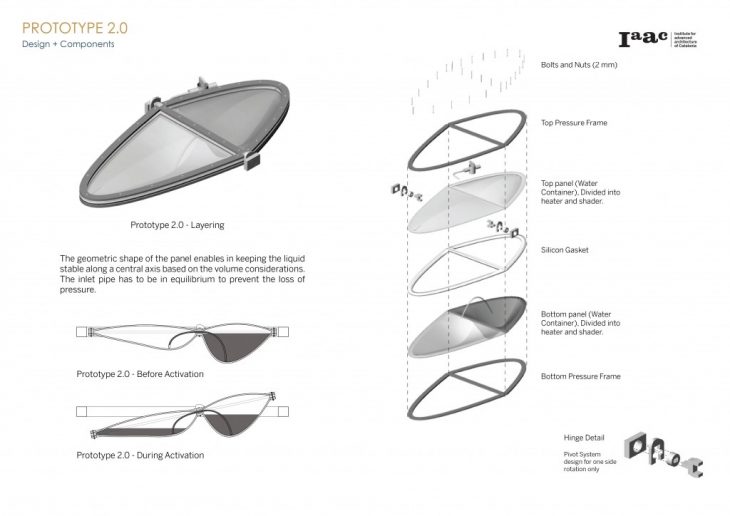
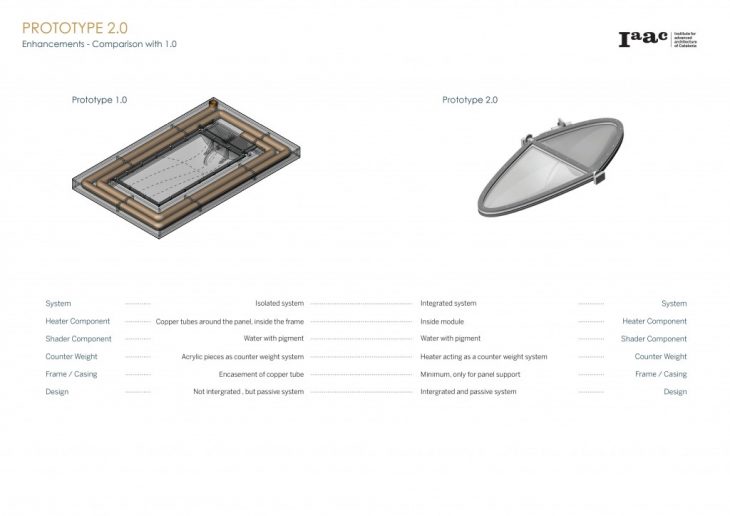
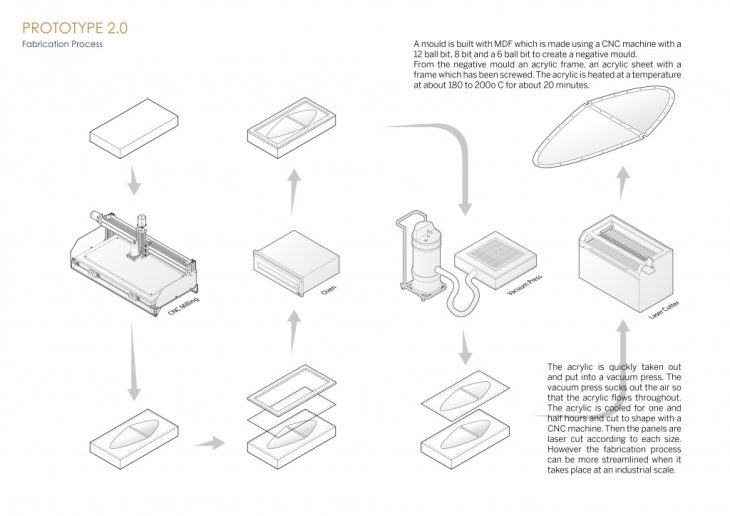
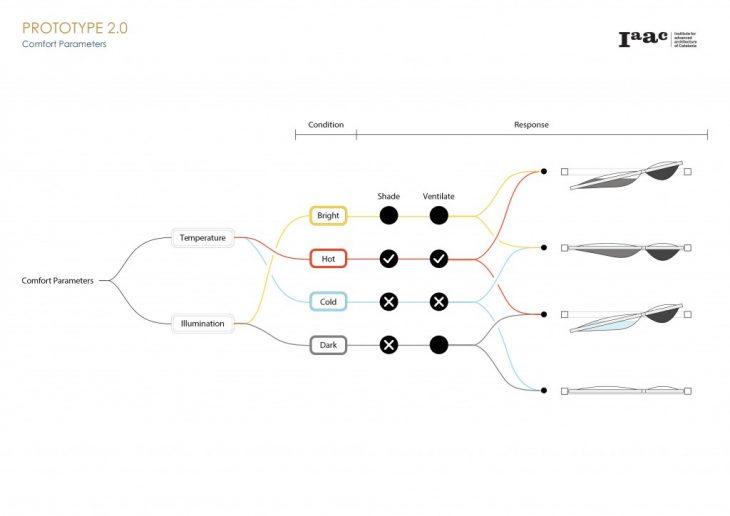
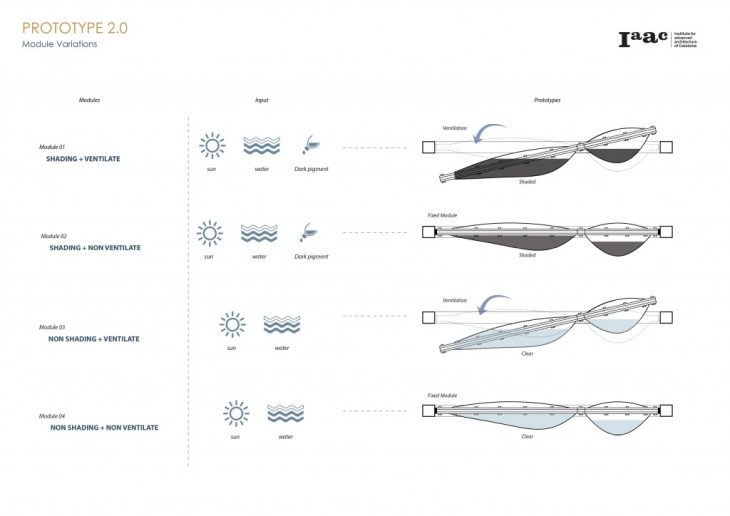
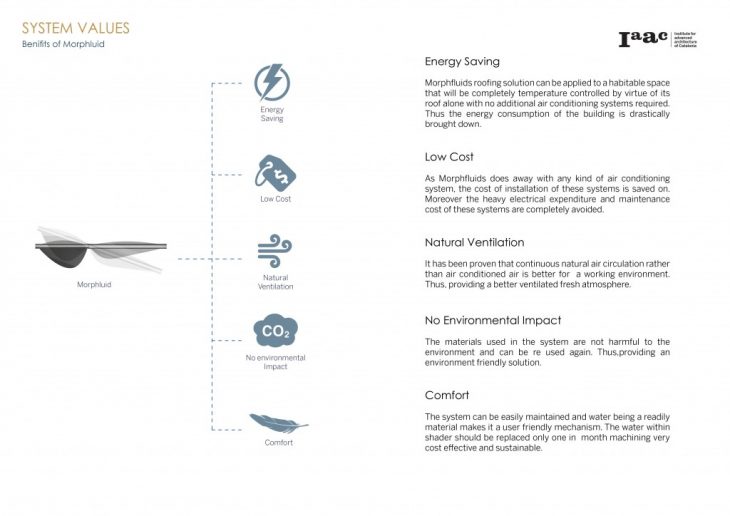
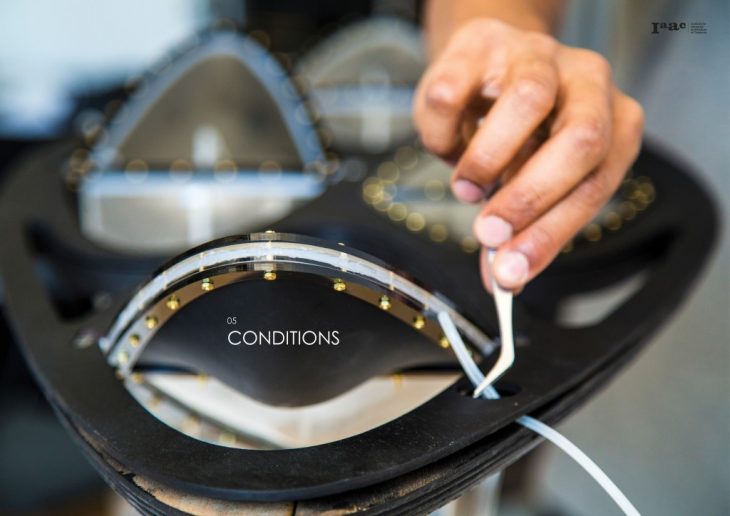
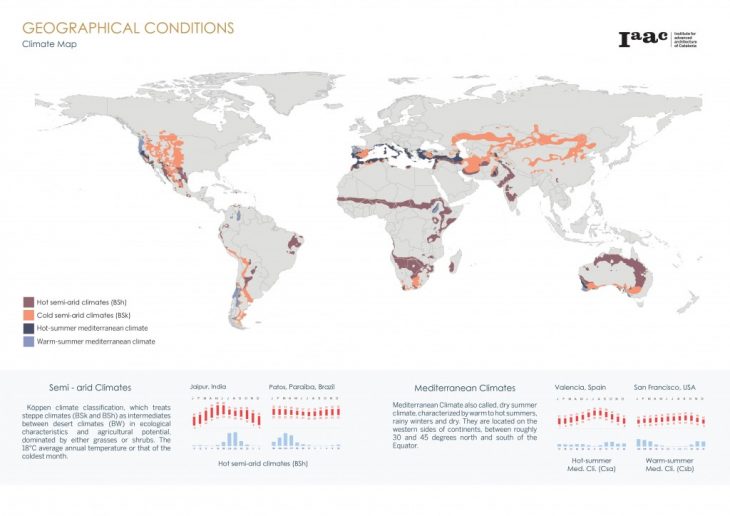
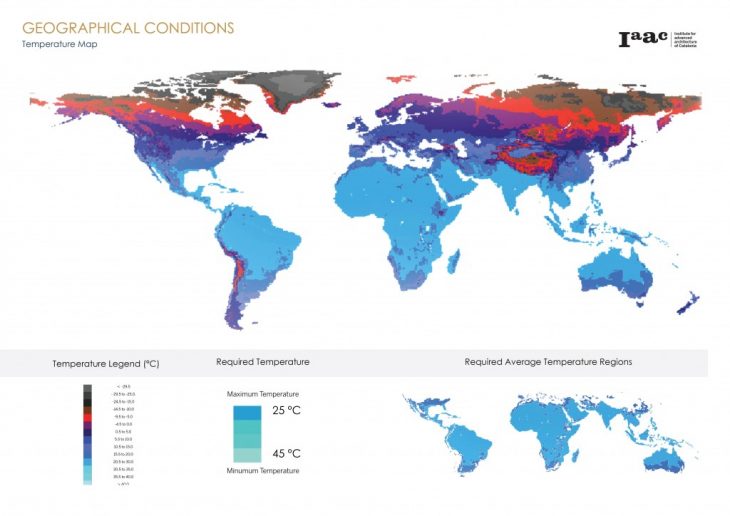
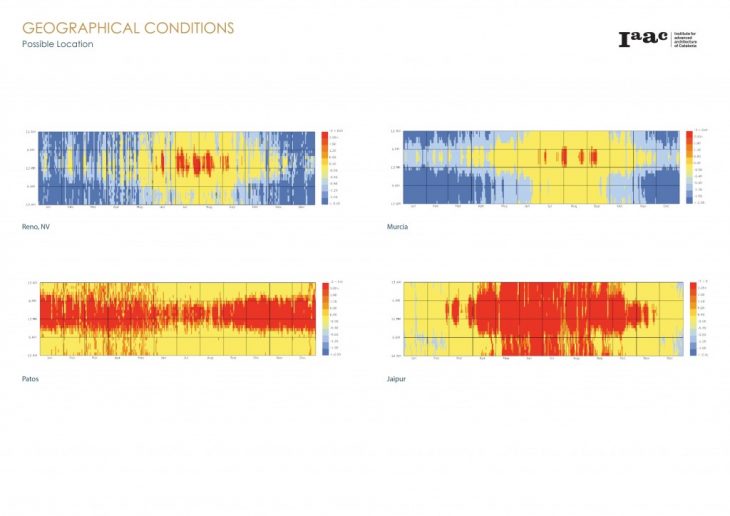
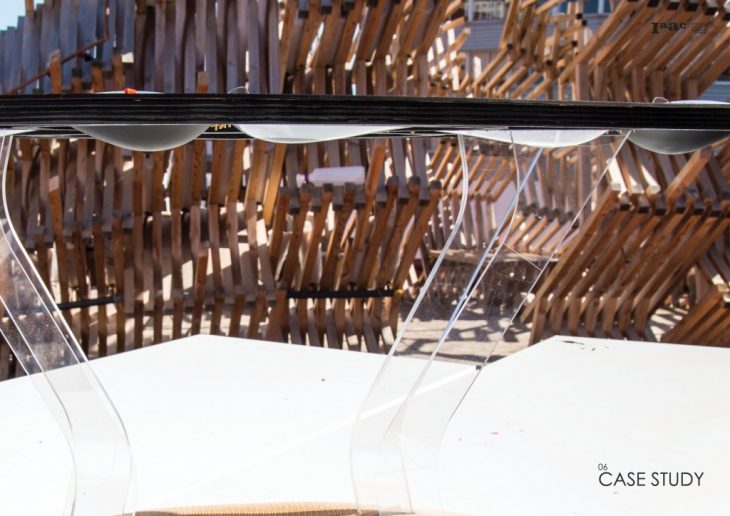
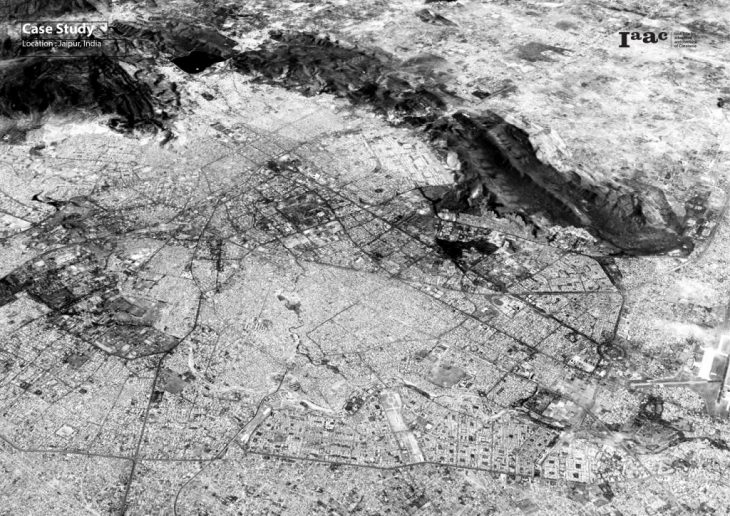
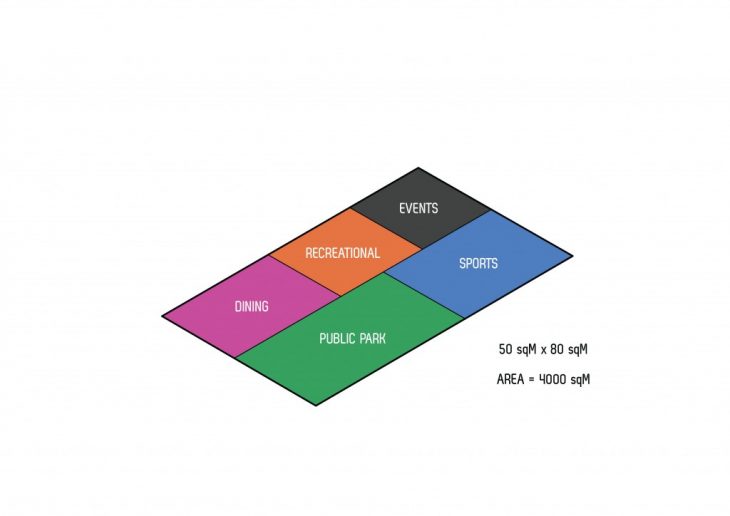
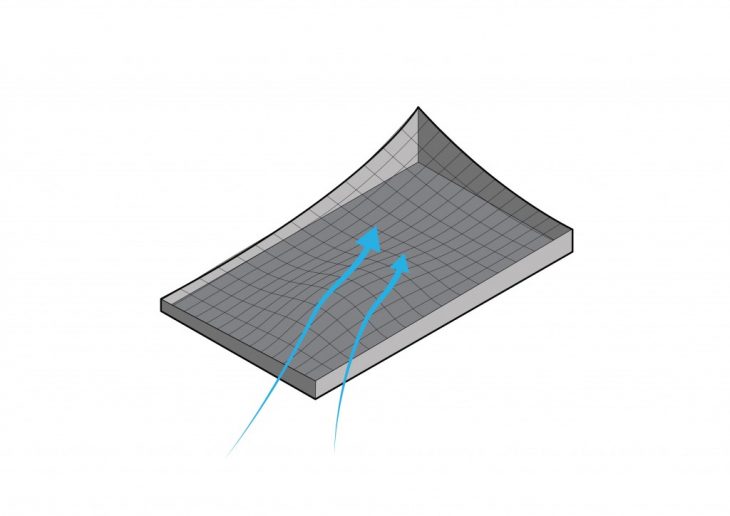
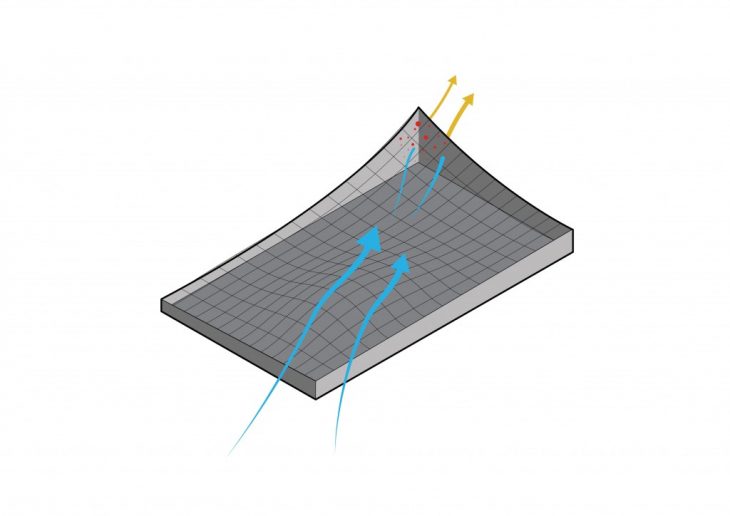
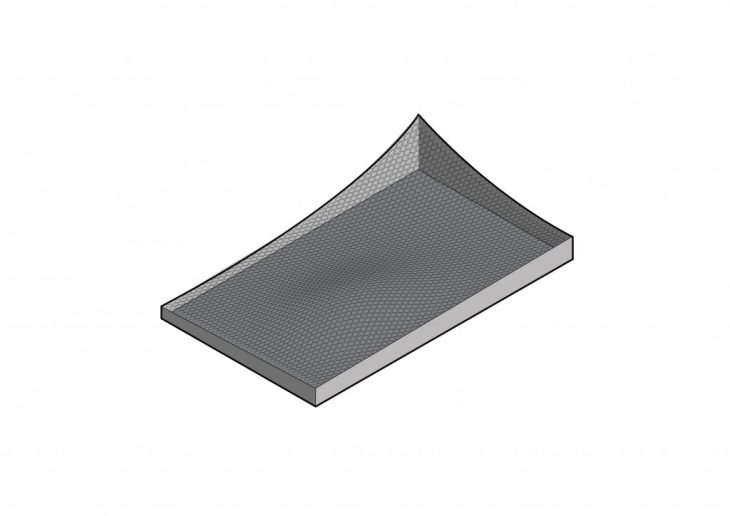
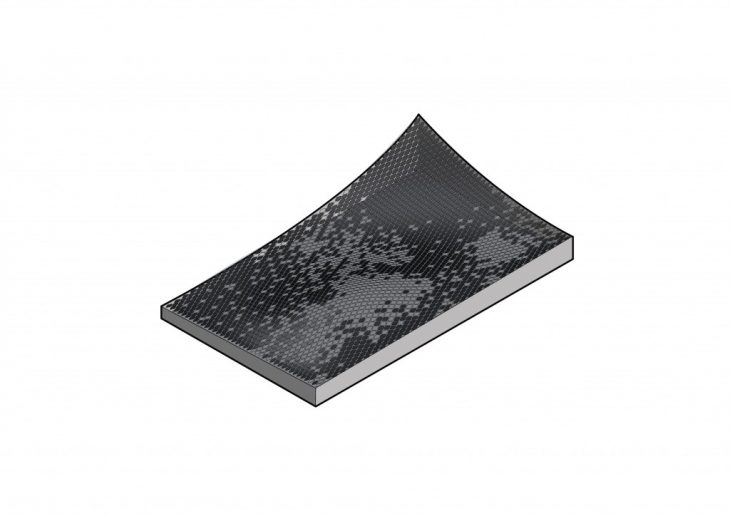
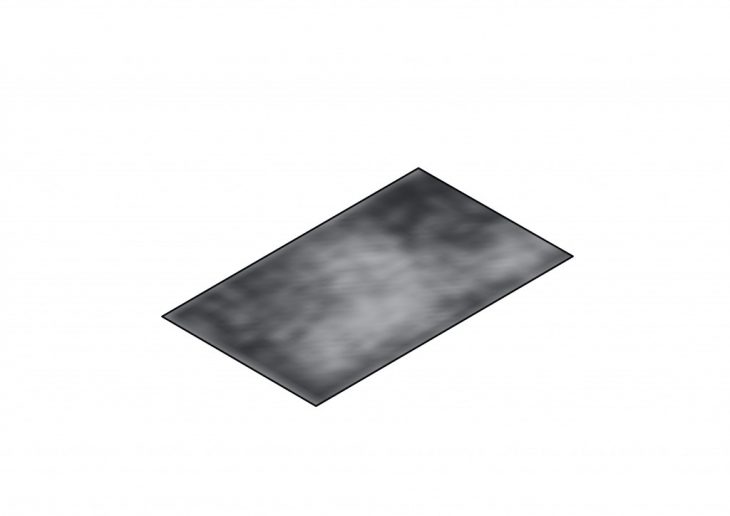
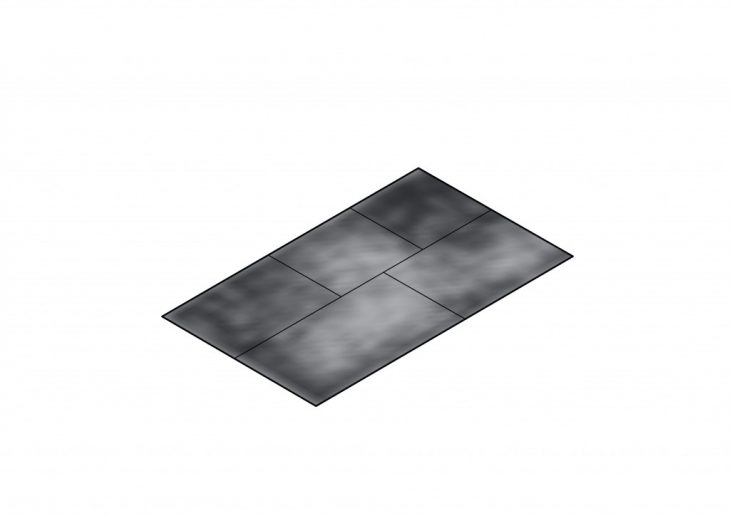
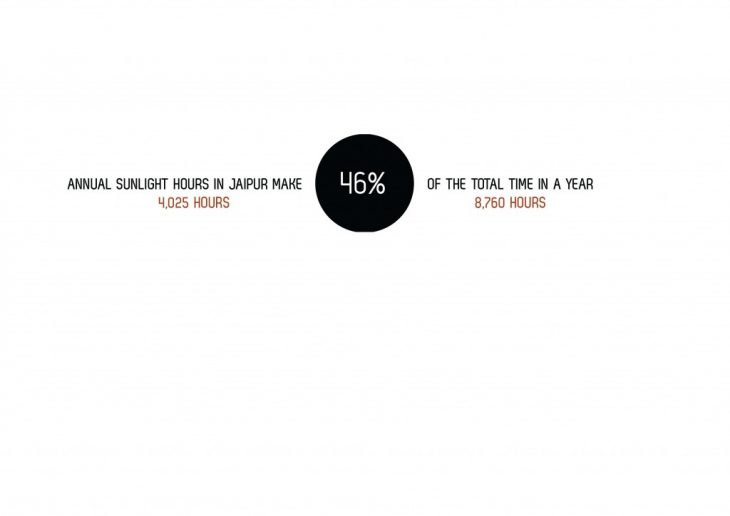
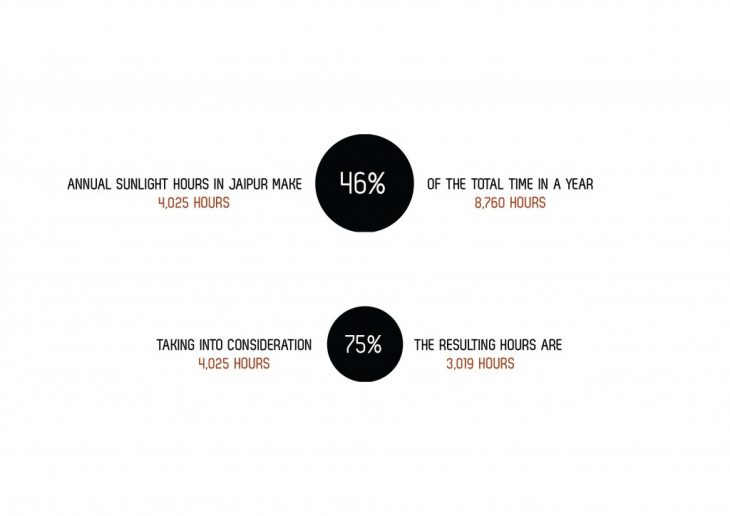
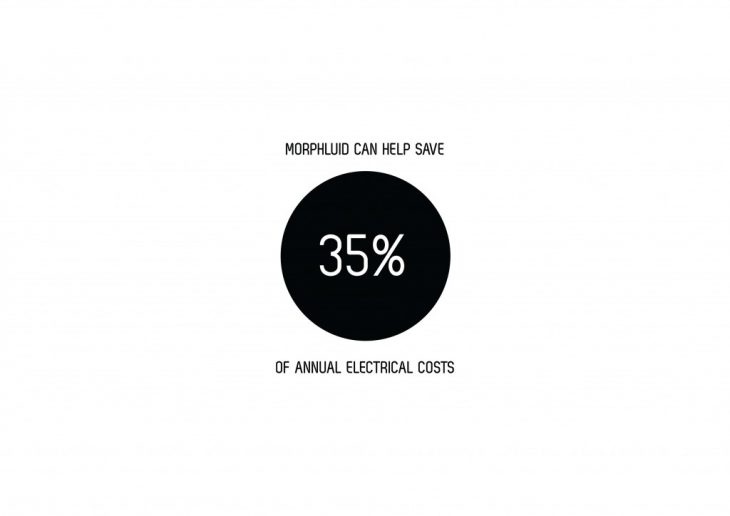
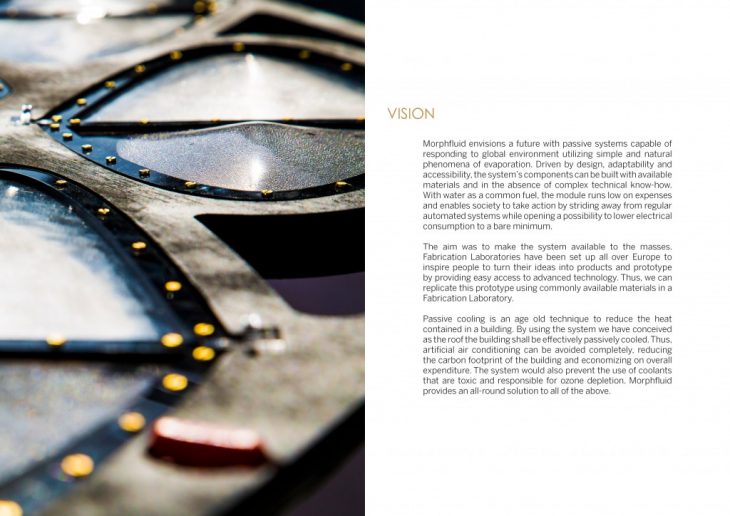
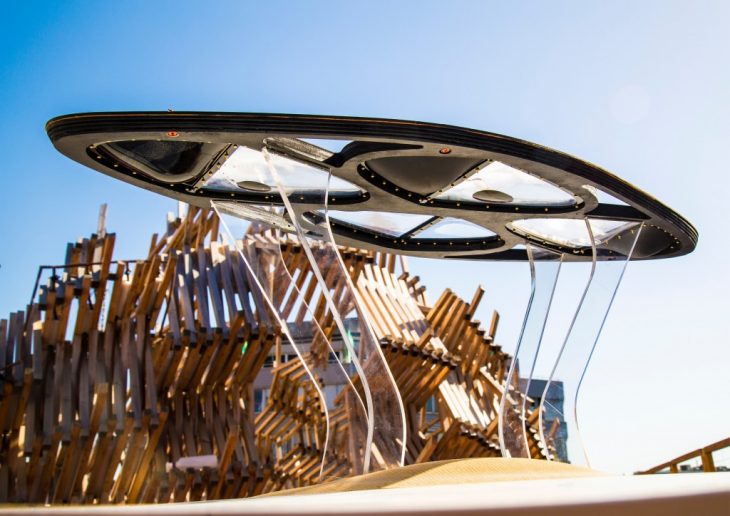
</p>
MORPHLUID is a project of IaaC, Institute for Advanced Architecture of Catalonia developed at Master in Advanced Architecture in 2016/2017, for Digital Matter & Intelligent Constructions by:
Students: Francis Redman, Nithin Bhargav Ramesh, Sandesh Kagganti Ramesh
Senior Faculty: Areti Markopoulou
Fabrication expert: Alexandre Dubor
Computational expert: Angelos Chronis